One of my lovely readers, Susan, sent in a question about interfacing. So I thought I’d answer it in todays BONUS Sewing 101. I wanted to squeeze this in before the ruffle event on Monday!
(Do you have a question? Leave a comment! I don’t know everything, but I’ll tell you what I know!)
How do you choose an interfacing?
Do you ever walk into the fabric store with a pattern in hand. You are so excited to pick out fabric and then you reach the interfacing isle. A sea of white. What’s the difference? Fusible? What?
Well I’m sure we’ve all been there. This isn’t a complete guide to choosing interfacing but it will get you on the right track when dealing with clothing. There are a few factors to consider when choosing interfacing that will affect the way your garment drapes.
So here we go:
1. Care instructions
This is the most important item. Unless you plan on dry-cleaning your garment, you need to make sure the interfacing will react the same way to your laundry cycle as the garment fabric. Review this post on basic fabrics.
2. Weight
The weight of your interfacing should depend on what your purpose is and the fabric you have. If your purpose is to interfacing a stiff collar, the weight of the interfacing should be heavier, however if you are making a floppy peter pan color, the opposite is true. Furthermore, if you are using a heavy weight fabric, a light weight interfacing won’t do much for it’s stability. So, match weight to weight + purpose.
3. Color
For light colored garments, choose a light colored interfacing. For dark, choose dark. You may want to hold a piece of your garment fabric up to the interfacing before you choose it. The interfacing color should not show through.
4. Fusible vs. Sew-in
Fusible interfacing has a layer of fusible web that is heat-set to your fabric. It shouldn’t be used with textured fabrics or fabrics that can’t withstand the heat. Sew-in is sewn directly to your fabric with a whipstich
5. Woven or Nonwoven
Generally, for a garment you want a woven interfacing if your garment fabric is also woven. The drape of the fabric will be affected by the interfacing, so if you can get an interfacing to drape much the same way, your garment will drape better. There is also knit interfacing for knit fabrics.
The most important principle to remember is that interfacing is (usually) supposed to support the fabric, but not change it. You may have to get in there and feel the interfacings, drape them and read the labels before you purchase.
Interfacing for craft projects is much different. You may not need to consider factors such as care or drape, since you may not be washing or draping it!
I hope this was helpful!
sewing, crafts, tutorials, DIY
Footer
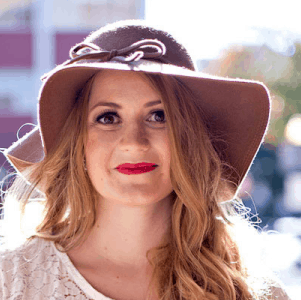
Hello friends!
My name is Kate, a twenty something fashion lover and mother of two. When I’m not chasing kids you can find me at my sewing table or daydreaming up new designs. You can read more about me here. Thank you for visiting!
8a918f8da8e0e69102dc0f33a718de85a99c31a57283e0e3e2


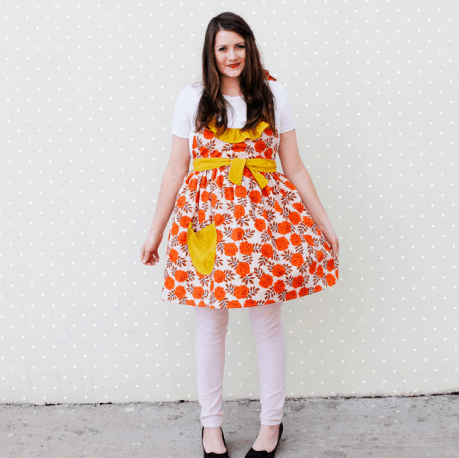
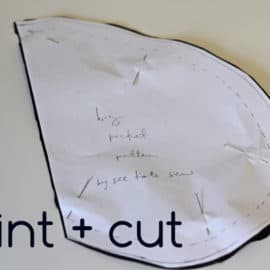
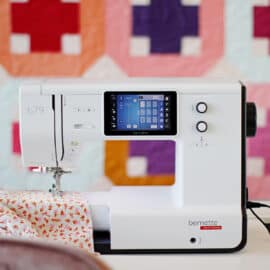
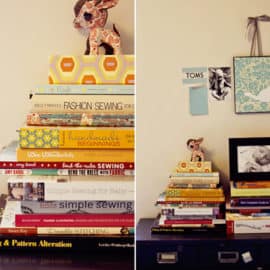
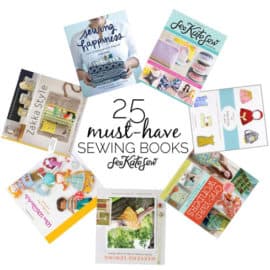
Good information. I believe interfacing makes or breaks a project. The selection of the correct foundation is equally important.
For those of you who are new to sewing, take the time to look at the plethora of interfacing offerings and ask questions and more questions if you need help choosing the right product.
I am just learning to sew and hvnt used interfacing or fusible web yet.. but I”m sure I will in the future! Hugs xo
Thanks, as always. I think I may have to print out this, and your other 101 posts, so that I can keep them all together for quick reference. It will be my own See Kate Sew book.
Very helpful, thank you very much :o) I fell like I am reading a foreign language sometimes when I am reading a pattern :/
Thank you! Very helpful. One question though as I haven’t been able to get a definitive answer – would you pre wash iron on interfacing? I have been having shrinkage issues which is making the interfaced part go bubbly after washing, but surely pre washing reduces the ‘stickiness’ of the adhesive?? Help!
@ Nic:
Yes, definitely pre shrink! If you’re using fusible web I would wash it by hand and let it air dry to keep the web intact. For sew-in just wash it how you would the finished garment.